Which Mother Is Seated First at a Wedding? Understanding Ceremony Etiquette
Determining the order in which mothers are seated during a wedding ceremony often hinges on tradition and the specific structure of the event. In many Western wedding ceremonies, it is customary for the mother of the bride to be seated last before the wedding processional begins, signifying her special role in the occasion. She may be escorted to her seat by an usher, a family member, or she might choose to walk alone, taking her place on the left side in the front row, marking the beginning of the ceremonial proceedings.
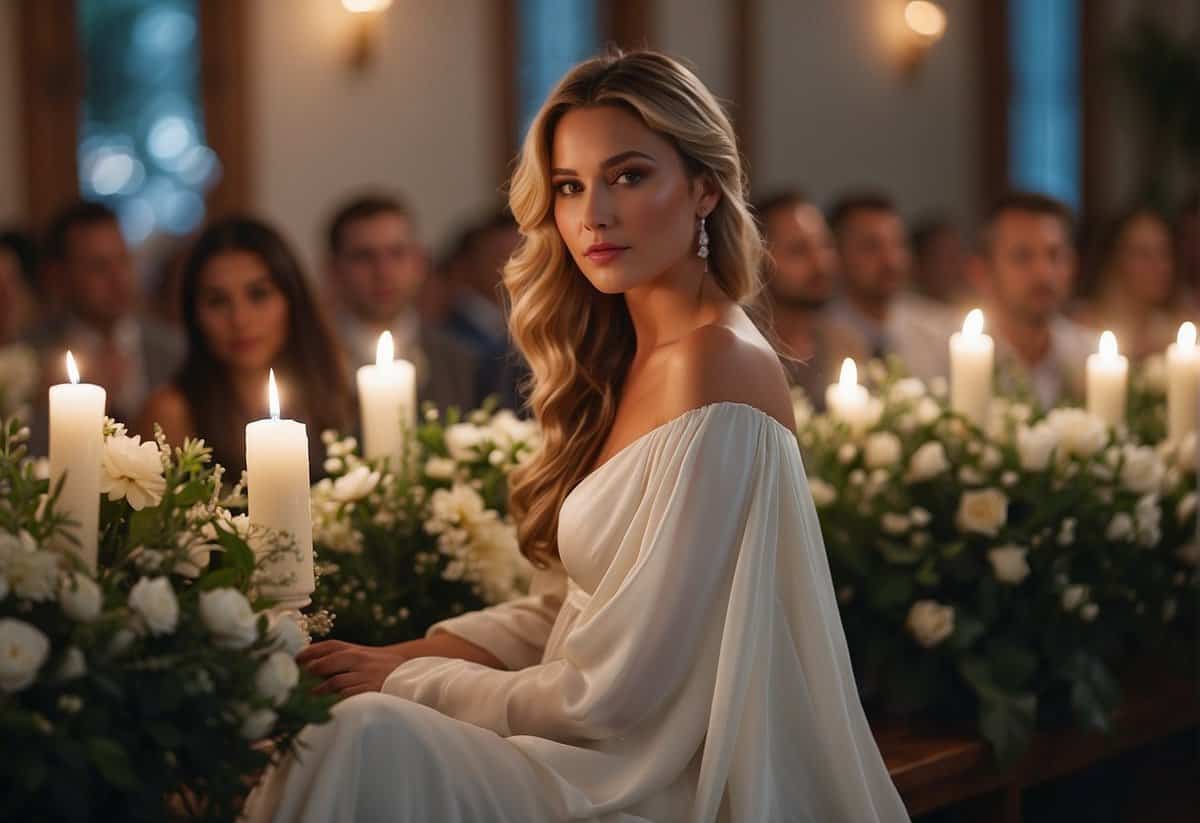
Cultural and religious practices may influence the seating arrangement. For instance, in a traditional Jewish ceremony, the groom and his parents stand on the left under the chuppah, while the bride and her parents are on the right. In such contexts, the seating order not only respects the families’ heritage but also adheres to the ceremonial significance attributed to each role. Each wedding may have its unique take based on family dynamics, cultural backgrounds, and personal preferences, making pre-ceremony considerations as important as knowing the typical etiquette.
Key Takeaways
- The mother of the bride is traditionally seated last before the processional.
- Seating arrangements can vary due to cultural and religious practices.
- Personal preferences and family dynamics play a role in deciding the order.
Pre-Ceremony Considerations
In preparing for the big day, understanding the seating and processional order is crucial for ensuring a smooth experience. Let’s look at how this applies specifically to the mothers involved in the wedding.
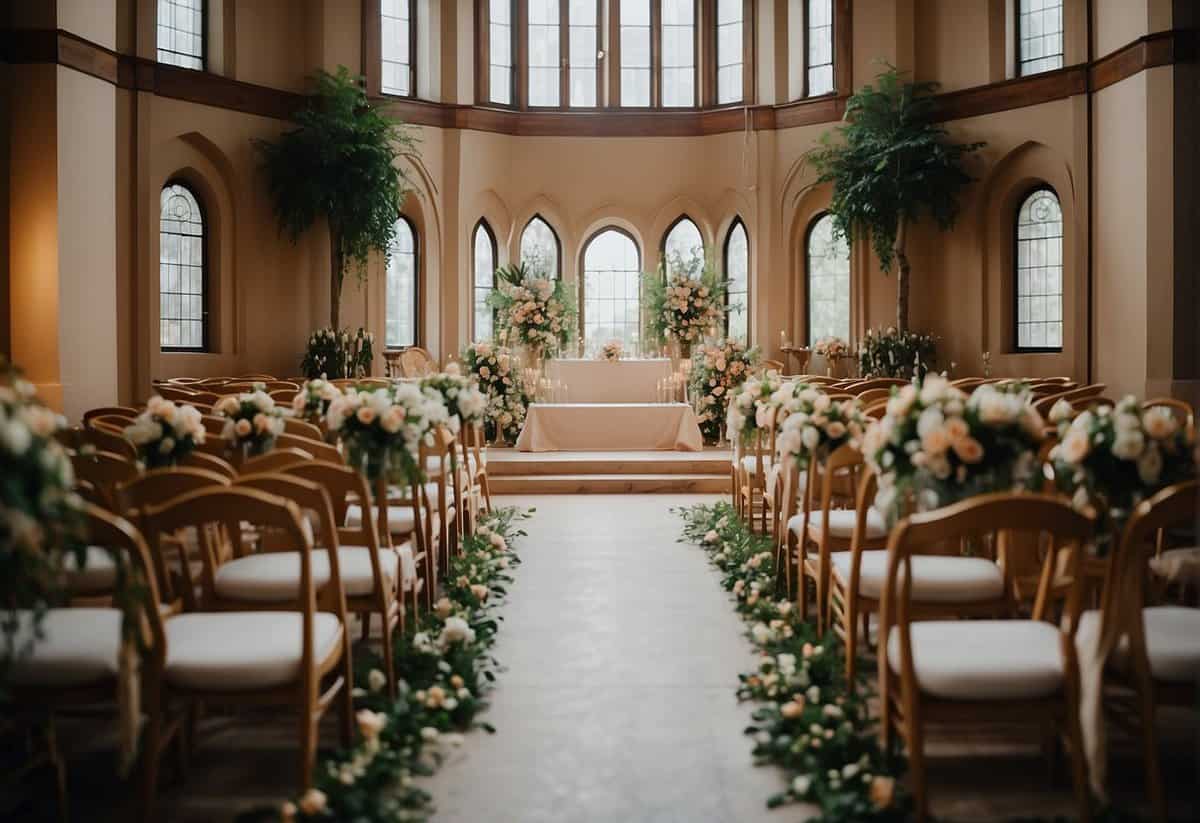
Understanding Wedding Processional Order
The processional order can vary greatly depending on cultural and religious traditions. Here’s what you might expect:
- Christian Wedding: Typically, the groom’s parents precede the bride’s mother.
- Jewish Wedding: In these ceremonies, parents often walk with the bride and groom down the aisle.
- Catholic Wedding: The groom may enter with his mother, following a specific liturgical order.
- Hindu Wedding: The baraat, or groom’s procession, is a key feature, with the mother’s role varying by family tradition.
- Nondenominational Wedding: The order can be more flexible and tailored to personal preferences.
Role of the Mothers
Mothers have a special place in wedding ceremonies. Their entrance sets the stage for the bridal procession. Keep in mind:
- Mother of the Bride: Traditionally seated last before the bridal party enters.
- For remarried or step-parents, it’s about finding a respectful balance that honors all parties.
- Divorced Parents: Tactfully consider the family dynamics; sometimes both mothers are escorted separately.
- Mother of the Groom: Usually seated before the mother of the bride, according to western traditions.
Cultural nuances and personal preferences play significant roles in shaping these moments, so stay informed and respectful of each family’s wishes.
Ceremony Seating Etiquette
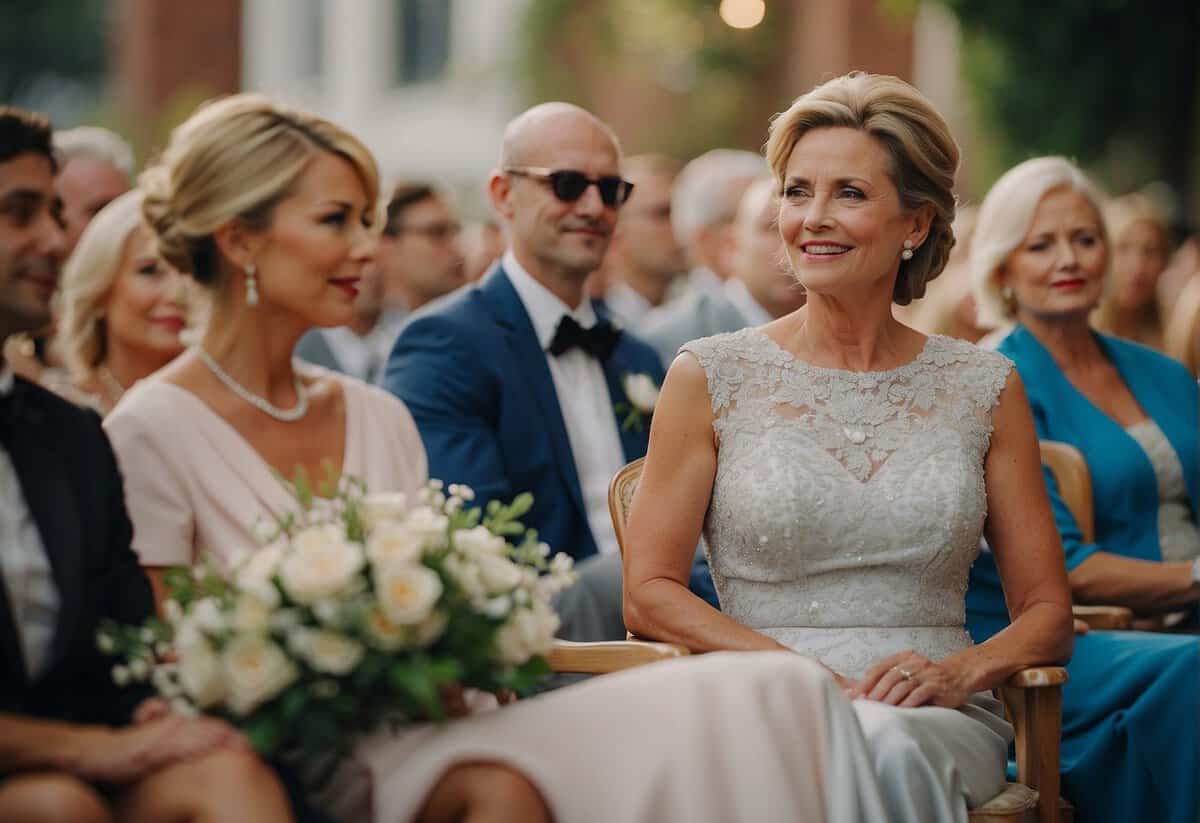
In your wedding ceremony, paying attention to the order in which family members are seated can show respect for their roles and contributions. It also ensures that the event starts smoothly.
Traditional Seating Arrangements
Traditionally, the mother of the bride is seated last before the ceremony begins, signifying that the processional can start. She typically takes her place in the front row on the left side, when facing the altar in a Christian ceremony. The mother of the groom is seated right before the bride’s mother, also in the front row but on the right side. The father of the bride often walks the bride down the aisle, so he does not have a designated seat until he joins the front row after the procession.
Other immediate family members like siblings and grandparents usually take their seats in the first few rows, with close family following behind. Ushers are responsible for guiding guests to their seats, directing them to the appropriate side: bride’s guests on the left, groom’s on the right. Officiants traditionally enter from the side or lead the processional down the aisle, depending on the customs of the church or venue.
Modern Variations and Considerations
As traditions evolve, couples may choose seating arrangements that better reflect their unique family dynamics. Some opt for a “choose your own seat” approach or assign ushers to seat guests based on the order of arrival rather than family affiliation. In non-traditional spaces, such as outdoor venues, the left-right dynamic might be less strict. The key is to communicate clearly with your wedding planner or whoever is helping coordinate the ceremony seating.
For inclusivity, you might also consider the unity of blended families by seating new relatives together or giving equal prominence to step-parents. Keep in mind, the presence of each family member is a sign of support and respect, so honouring them with thoughtful seating can add to the respect and harmony of your special day.
The Processional in Action
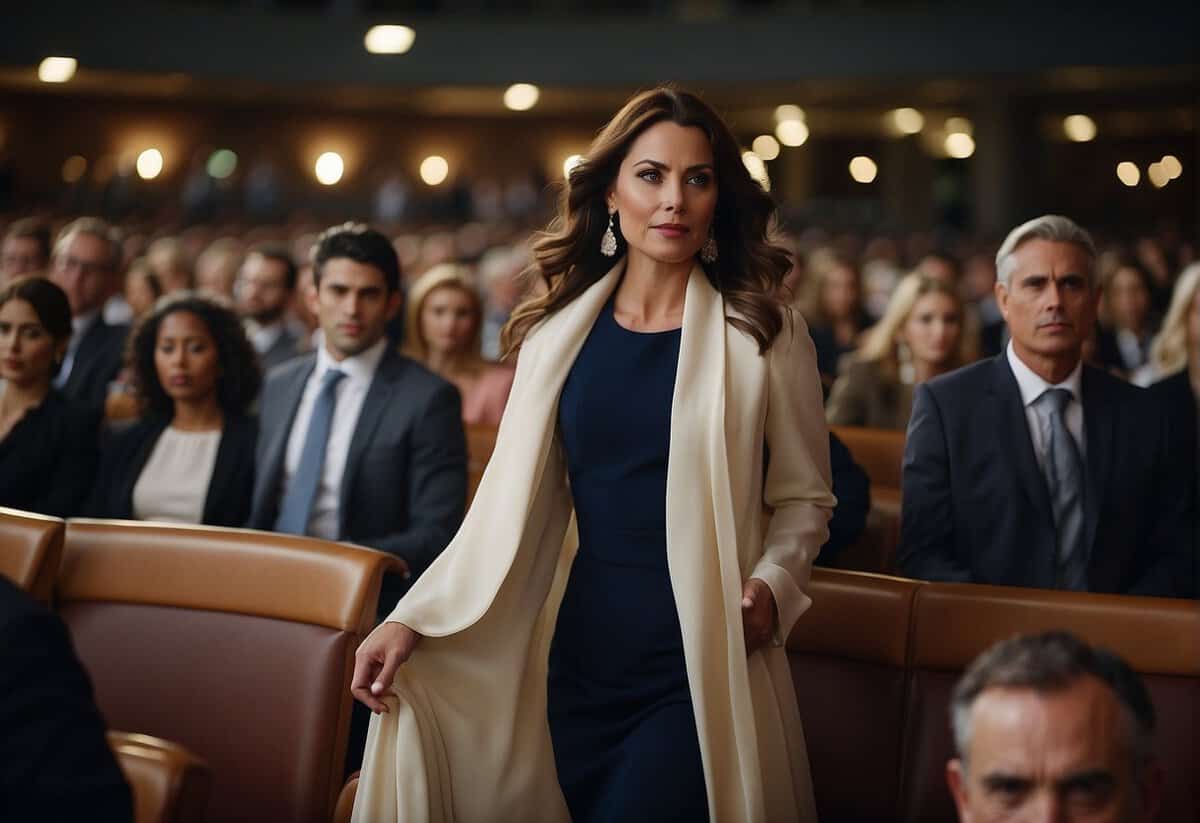
When you attend a wedding, the processional is a pivotal moment that sets the tone for the entire ceremony. It’s a precisely choreographed entrance that showcases the main individuals in the wedding party.
The Entrance of the Groom
The groom traditionally stands at the altar as a signal that the ceremony is about to begin. Before this, the groom, often accompanied by the best man, makes his entrance. They may enter from a side door or walk down the aisle to the front. The groom’s presence at the altar represents both the solemnity and the joy of the commitment he is about to make.
The Entrance of the Bride
The bride’s entrance is the crowning moment of the processional. Escorted by her father or stepfather, the bride walks down the aisle to join her groom. This iconic moment often unfolds to a chosen wedding processional song, and all eyes are on the bride as she makes her memorable walk. The maid of honor and matron of honor, followed by bridesmaids, groomsmen, the flower girl, and the ring bearer, precede the bride on her path to marriage, each stepping down the aisle in turn. Once the bride reaches the front, the exchange of wedding rings will symbolize their union as the ceremony leads into the marriage vows.
Cultural and Religious Influences
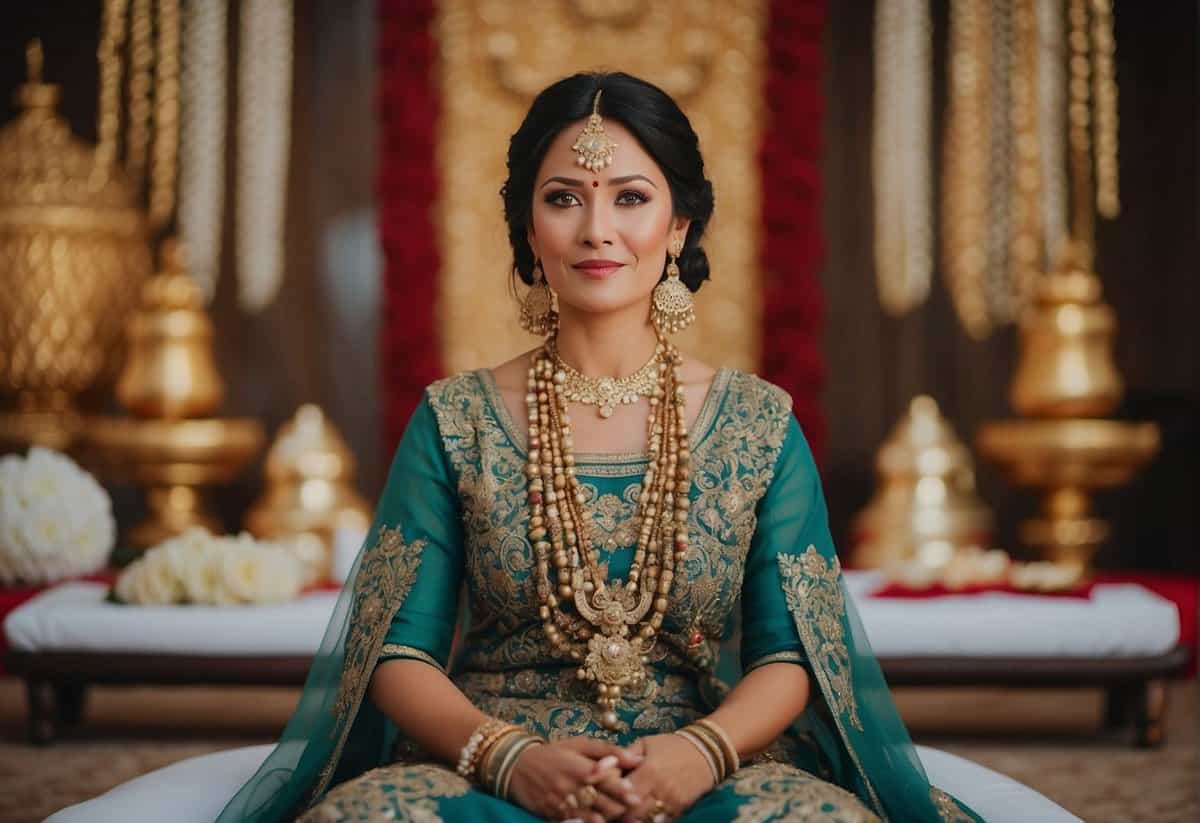
When attending a wedding, the seating of the mothers can vary significantly depending on cultural and religious customs. It’s helpful to understand these traditions to ensure respect for the ceremony’s protocol.
Jewish Wedding Ceremony
In a Jewish wedding, the groom’s parents usually walk down the aisle to take their seats first, which is often followed by the bride’s mother. The traditional location for the marriage ceremony is under a chuppah, symbolizing the couple’s new home. The chuppah’s entrance is a significant moment, and the seating order plays a vital role in the ritual.
Christian Wedding Ceremony
During a Christian wedding processional, the mother of the bride is typically seated last before the ceremony begins, signaling the imminent start of the procession. The traditional wedding processional varies across denominations, but the mother of the bride’s seating is a consistent mark of honor in most Christian ceremonies.
Hindu Wedding Ceremony
A Hindu wedding ceremony starts with the baraat, the groom’s wedding procession, often involving lively music and dancing. Once at the mandap, or the ceremonial altar, the groom’s parents are usually seated first. The bride’s mother, involved in several traditional aspects, like giving away the bride, is seated according to the specific regional customs.
Catholic Wedding Ceremony
In a Catholic wedding processional, similarly to other Christian denominations, the mother of the bride is seated just before the ceremony commences. The seating order is part of the liturgy and is typically guided by the cultural tradition of the family and the church’s customs. It’s a sign of respect and sequence before the nuptial Mass begins.
Frequently Asked Questions
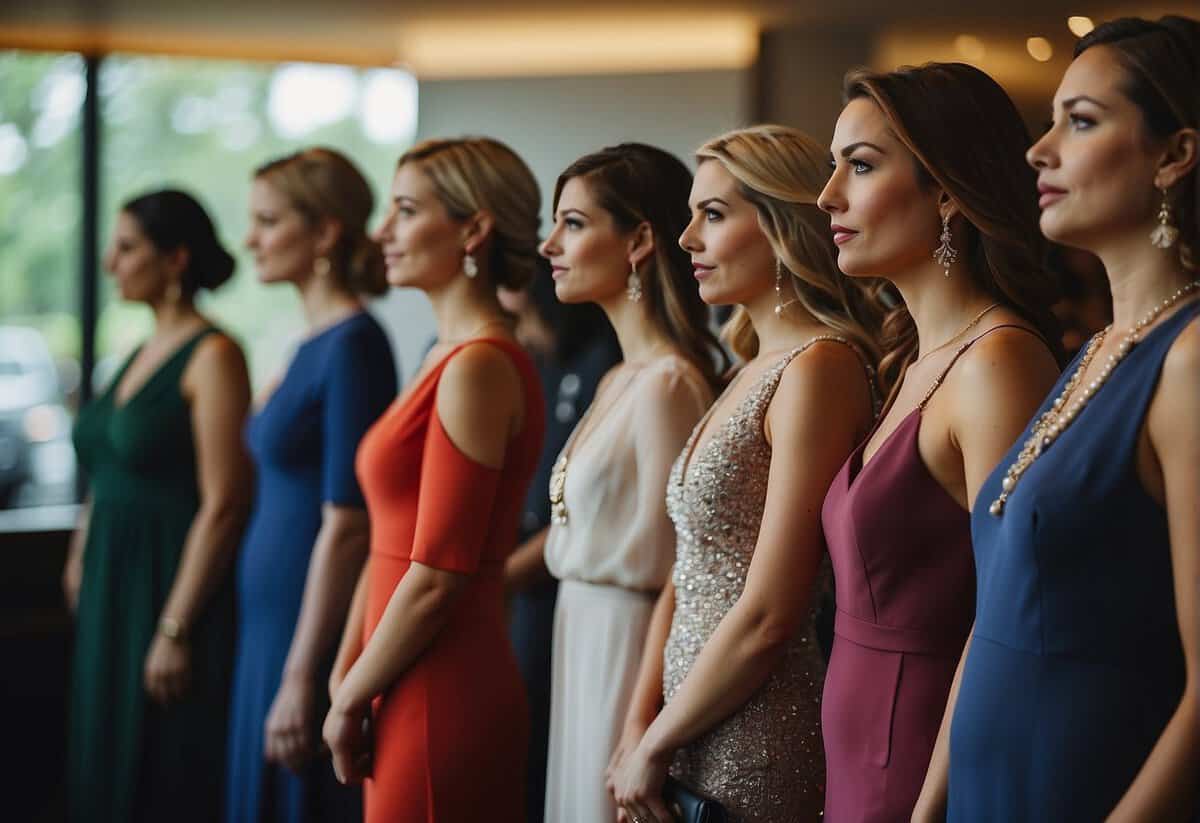
Navigating the intricacies of wedding etiquette, especially regarding seating, can be tricky. Read on to clear up common queries about seating the mothers at your wedding.
How do you decide the seating arrangement for parents at the wedding reception?
Your parents’ seating arrangement at the wedding reception is usually informed by tradition and your personal preference. Parents of the bride and groom commonly sit at the “parents’ table” near the head table, but if parents are divorced or there are step-parents, you might opt for a seating plan that ensures everyone is comfortable.
In a Catholic wedding, what is the proper seating order for the mothers?
In a Catholic wedding, it’s traditional for the mother of the groom to be seated first, followed by the mother of the bride. This is a gesture that symbolizes the joining together of two families.
What is the traditional spot for the mother of the bride at the wedding reception?
Traditionally, the mother of the bride takes a prime seat at the wedding reception, typically at the center of the parents’ table, if such a configuration is chosen, or at a place of honor at the head table, with a clear view of their daughter.
Who is responsible for seating the mother of the groom at the wedding?
It is typically the role of a designated usher or wedding planner to escort the mother of the groom to her seat at the beginning of the ceremony. This helps ensure that the processional flows smoothly.
What is the modern protocol for the wedding processional order?
The modern wedding processional order can be flexible and tailored to your vision of the day. While tradition often places the mother of the bride last before the processional begins, some couples choose to have their parents walk together or select a unique order that better suits their style.
How is the mother of the bride typically escorted down the aisle?
The mother of the bride is typically escorted down the aisle by an usher or a close family member, signifying her significant role. The escort can be a son, son-in-law, or another relative, depending on what feels most appropriate for your ceremony.
